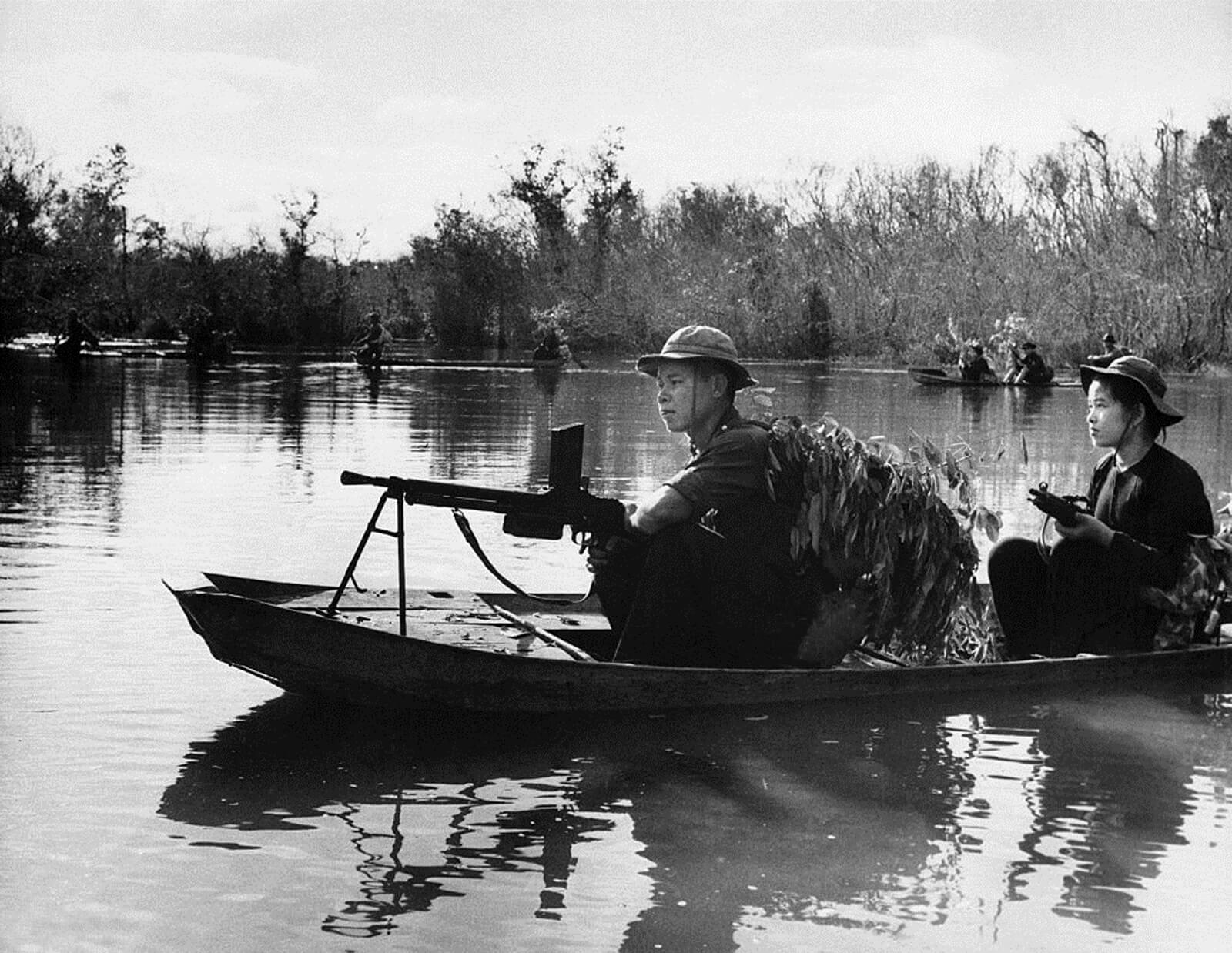This article talks about mobility for asymmetric conflict. For more on this topic, click here for an article regarding selecting appropriate equipment for action scenarios.
Why Mobility?
Asymmetric warfare is a form of struggle where one side in the conflict has overpowering firepower, numbers, and resources. The other side is relatively weak and few in numbers. However, using techniques of guerilla warfare, insurgency, and non-violent struggle, various revolutionary and liberation movements have been able to succeed in asymmetric struggles.
This piece will examine one key element for asymmetric resistance forces: mobility. Mobility is absolutely critical for asymmetric resistance. Individuals and groups need to be able to reach destinations quickly and without drawing attention, and to leave in the same manner. This often involves long marches, physically demanding off-trail travel, travel at night, the use of disguises and social engineering to blend with the population, and various uncommon forms of transportation.
Mobility Skill Set and Training Plan
Individuals and groups planning for asymmetric struggle should practice and become proficient in the following.
Team Movement
- Modified crawl and rush
- Moving as a buddy team (one person moves, the other observes/covers)
a. Buddy teams use hand signals, not audible calls.
b. Trailing team member uses “ready” and lead member uses “move out.”
Stealth and Awareness
- Situational awareness drills. Practice awareness of the following at all times:
a. How many people are nearby and where they are located
b. Location of nearby exits/doors
c. Location of nearby thickets and other cover/concealment - Stalking / silent movement
a. “Fox walk” — keep your weight on your back foot and move slowly, feeling forward with the front foot, while keeping your head up to scan the surroundings.
b. Practice walking, hands-and-knees, crawling, etc. in silence.
c. Practice moving without any sound in different environments
d. Practice wearing different shoes and clothing
e. Practice sneaking around human beings as well as other animals
Individual Movement
- Hiking (on and off trial — good to aim for a fitness level where hiking 10+ miles in a day is doable for 2-3 days in a row)
- Climbing and scrambling
- Swimming
- Lifting and carrying (plan for backpacks of 20-50lbs+)
- Crawling
Transport
- Cars, trucks, motorcycles
- Watercraft (kayak, canoe, raft, rowboat, etc.) Bicycle (road and mountain)
- Horseback / pack animal
- ATV/snowmobile, etc.
Integrated Skillset
- Infiltration and perimeter penetration. This involves combining the above skills with scouting and intelligence gathering to avoid notice and sneak into a given area.
- Tracking and counter tracking. Paying attention to tracks will help protect you against detection, and may alert you to the presence of people, dogs, or other animals/vehicles.
- Survival skills
- Escape and evasion is critical, and may involve various methods. Sometimes speed is most appropriate, while at other times stealth is the preferred technique. Always have an escape plan and study methods used by militaries engaged in counter-insurgency (tracking dogs, informants, thermal imaging, etc.)

